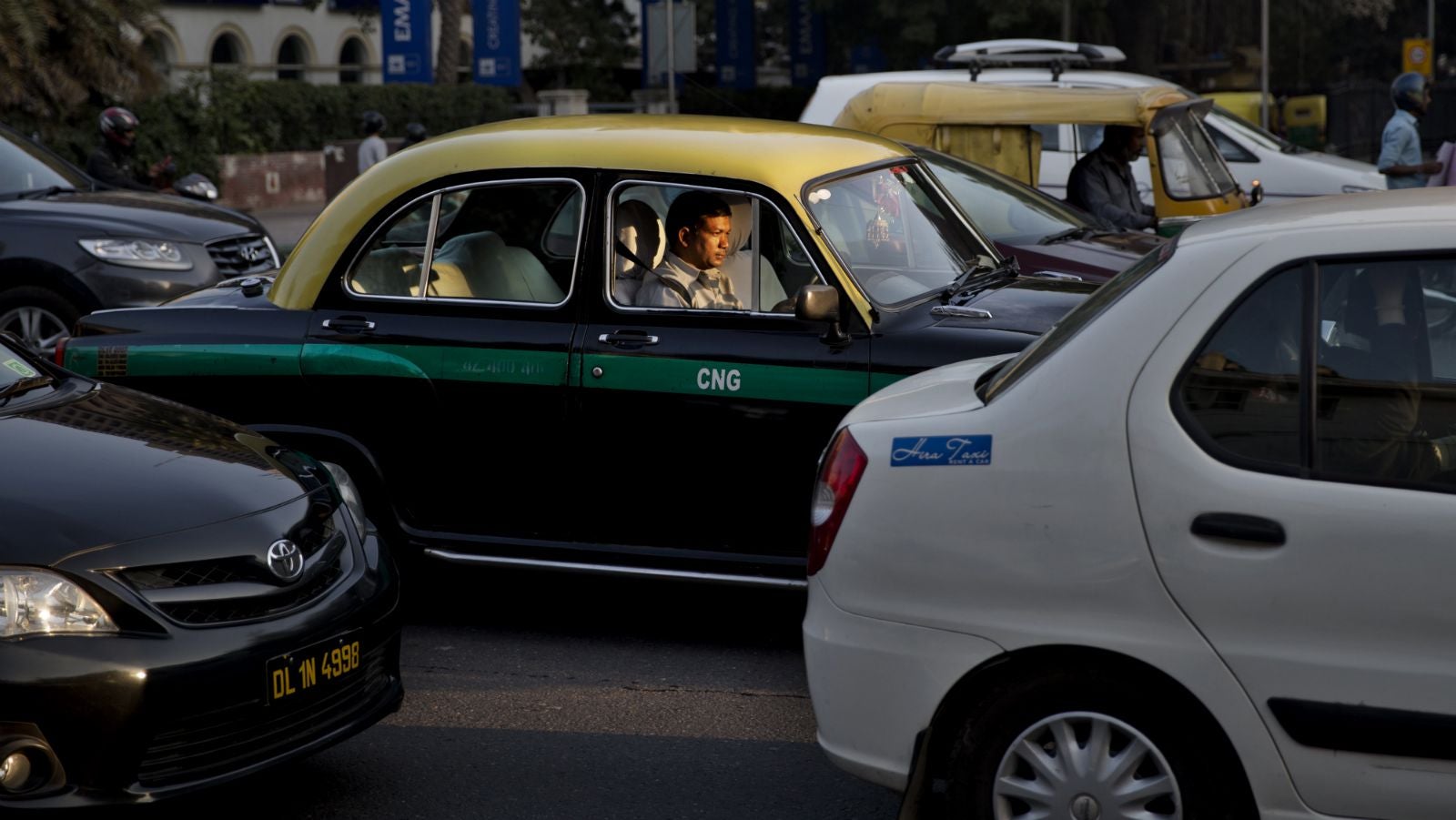Read the fine print—India’s app-based taxi services aren’t responsible for your safety
A woman’s accusation of rape against her Uber cab driver on Friday, Dec. 5 has significant implications for India’s booming third party transportation industry.


A woman’s accusation of rape against her Uber cab driver on Friday, Dec. 5 has significant implications for India’s booming third party transportation industry.
For one, it’s broken an unsaid assumption that these operators were safe. Secondly, the media attention has opened up their business models to government scrutiny.
But to get to the heart of the problem, there is a need to understand how taxi aggregation services like Uber, Ola and TaxiForSure see themselves. They don’t consider themselves as a taxi service, but as players in the information business. Their business is to list available taxi partners on their app, and then to provide customers with a method to connect (and in some cases pay) for rides.
Even with Meru, a company with a Radio Taxi license, it’s simply a matter of luck whether or not the company is responsible for the services rendered—if you’re in one of their fleet cabs, they do take responsibility. Otherwise (and there is no specific way to choose) you’re in the same situation you’d be in as any of the other companies. About half of their total fleet is owned by drivers.
A close, workable comparison would be the difference between a travel ticket booking company and an airline company. The taxi services consider themselves as a ticket booking company, finding out taxi rides like one would search for flights, and booking them for the customer. Yet, given the local and distributed nature of the market, most consumers see these apps as the ultimate service provider.
So how does this affect you as a consumer? To understand this, here are excerpts from the terms of service of the four most common applications used—Uber, Ola, TaxiForSure, and Meru (i.e. if you book a taxi through Meru but it isn’t owned by company).
Uber
Uber itself does not provide transportation services, and Uber is not a transportation carrier. It is up to the Transportation Provider to offer transportation services, which may be requested through the use of the Application and/or the Service. Uber only acts as intermediary between you and the Transportation Provider. The provision of the transportation services by the Transportation Provider to you is therefore subject to the agreement (to be) entered into between you and the Transportation Provider. Uber shall never be a party to such agreement.
Ola
The customer agrees and acknowledges that the use of the Services offered by Company is at the sole risk of the customer… Without prejudice to the above, the Company makes no representation or warranty that:
a. the Services will meet the customer’s requirements;
b. the Services will be uninterrupted, timely, secure, or error-free.
TaxiForSure
TFS promises its best endeavour to provide sufficient training, quality control procedures and processes to ensure best services by TPSPs. However, under no circumstance accepts liability in connection with and/or arising from the transportation services provided by the TPSP or any acts, action, behavior, conduct, and/or negligence on the part of the TPSP.
Meru
The quality of the taxi services requested through the use of the Application or the Service is entirely the responsibility of the Service Provider who ultimately provides such taxi services to you.
Effectively, the terms and conditions of these applications are united in claiming that they are not liable for any harm that you would suffer by riding on their cabs.
The legal position on such service providers is yet to be tested in India. Will the courts consider them as a taxi service provider or limit them to a marketplace, like ebay or OLX?
What is, however, clear is that the primary reason why such taxis services have worked in India is due to the massive demand for low cost and safe taxi operations in the country. These services provide much needed mobility to many people.
Therefore, the response to the event needs to be equally reviewed.
Has there been a heinous crime? Yes.
Should the guilty be punished? Under the full strength of the law.
Is there the need to ensure greater safety? Yes, in fact it creates a greater obligation on such services to screen and monitor drivers and track rides. One suggestion is the need for a panic button on either the mobile apps or the cars.
Will a ban work to reduce sexual assault? Most probably not.
It would be a luddite step by the government looking to impose a ban to prevent a public relations disaster.
Instead, this is an opportunity to scrutinize these applications and establish workable standards of service and care. At a time when online marketplaces and aggregators are proliferating, it remains to be seen whether the government has the appetite for such reform—although the Delhi’s government knee jerk reaction to ban Uber entirely is proof that it probably doesn’t.